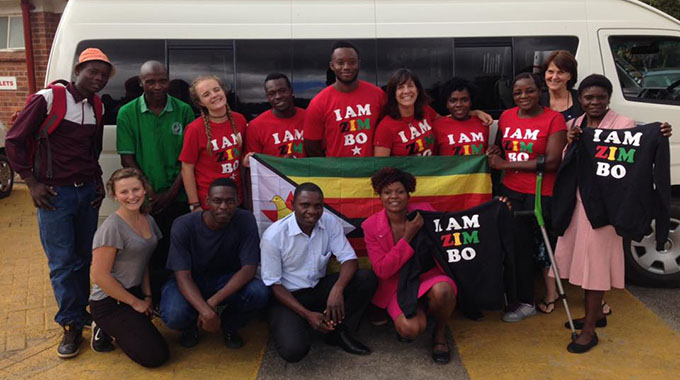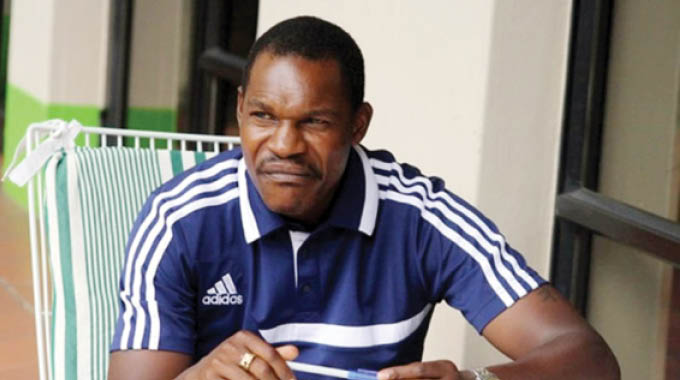ZNPC to hold blind football coaching clinic

Sikhumbuzo Moyo, Senior Sports Reporter
THE ZIMBABWE National Paralympic Committee (ZNPC) will next month hold an inaugural five-day blind football coaching clinic at the Fifa Football for Hope Centre in Gwabalanda, Bulawayo, targeting coaches and teachers from schools for the blind as well as those in resource units.
According to Keon Richardson, the ZNPC blind football development coordinator, the coaching clinic will run from August 26-30 with participants getting certificates at the end.
“The aim of the clinic is to provide technical information, and where possible, provide material resources to allow coaches to grow blind football within their institutions and provinces,” said Richardson.
He said the clinic will also serve as an opportunity to identify potential players and coaches for the men’s and women’s blind football national teams.
“There is a maximum of 20 places for coaches and selection will be on a first come first served basis,” said Richardson.
On the first day of the of the clinic, participants will be taken through introductions, orientation, mobility and ball control, with the second day emphasising on passing, dribbling and shooting, while Wednesday will see participants learn goalkeeping and team play aspects.
Richardson said the course fee is $200.
Blind football is a five-a-side game and is an adapted version of futsal. It’s also sometimes known as B1 football.
Outfield players must be registered as B1 (completely blind), although the goalkeepers can be either sighted or partially sighted. To facilitate the running of the game, there is boarding placed along the length of the pitch to keep the ball in play and provide a reference point for the players when they are on the pitch.
Goalkeepers are restricted to a small area in front of the goal and have a crucial role in communicating with outfield players alongside two further guides; one positioned on the halfway line and the other behind the goal that the team is attacking.
All outfield players must wear eye patching and eye shades to ensure a level playing field as some players may have a little light or shadow perception.
The ball is also adapted with panels that have metal shards that create a noise as it rolls across the playing surface stitched in for the players to be able to hear and locate.
The game has another unique feature in that during play, spectators must remain silent to allow players to hear the ball clearly and the playing area will often be uncovered to allow for optimum acoustics.
In order to play internationally, players must be classified as B1 – completely blind.












Comments